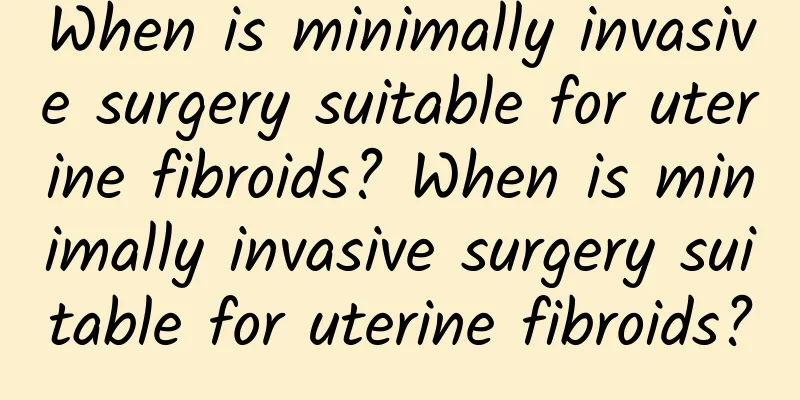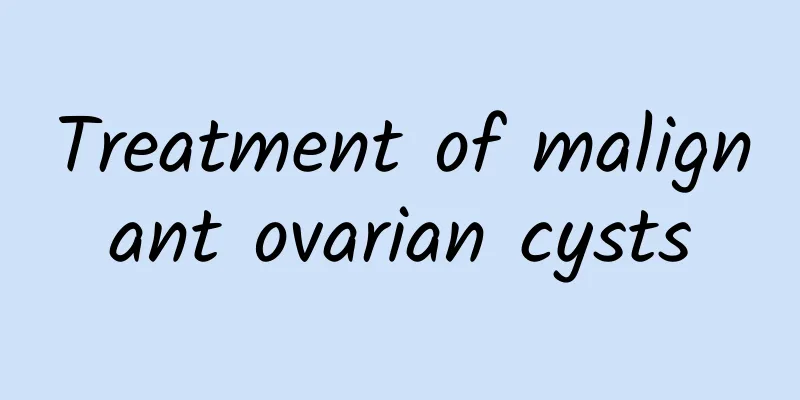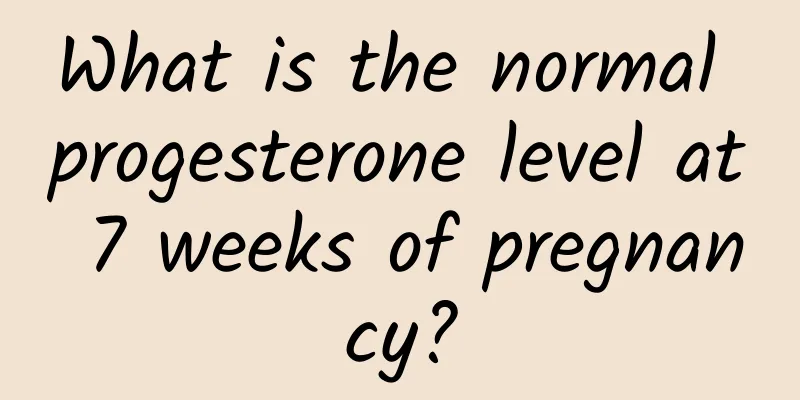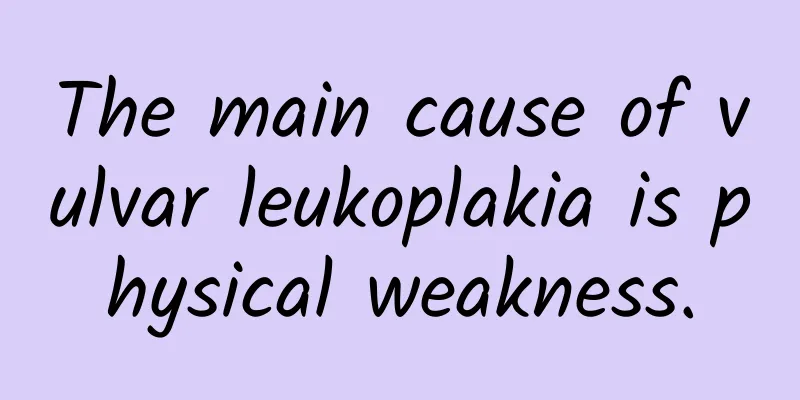When is minimally invasive surgery suitable for uterine fibroids? When is minimally invasive surgery suitable for uterine fibroids?

|
Uterine fibroids are common benign tumors in gynecology. Most patients develop the disease during their reproductive years, especially between 30 and 40 years old. There are many ways to treat this tumor, including minimally invasive surgery. So, when is minimally invasive surgery suitable for uterine fibroids? First of all, it should be made clear that not every woman with uterine fibroids needs surgical treatment. Only when the symptoms are obvious and cause trouble to life and fertility, surgical treatment should be considered. Minimally invasive surgery is a more advanced treatment method, which greatly reduces surgical trauma and damage to the body, allowing patients to recover faster. Below I will analyze from a clinical perspective when uterine fibroids are suitable for minimally invasive surgery. 1. Large tumors: When uterine fibroids are large, exceeding 5 cm, minimally invasive surgery is usually recommended for treatment. Large tumors may not only cause abdominal pain, periodic bleeding and other symptoms, but may also compress adjacent organs such as the ureter and rectum, leading to frequent urination, constipation and other discomfort. Minimally invasive surgery can effectively shrink the tumor and alleviate symptoms. 2. Ectopic fibroids: Ectopic fibroids refer to fibroids located outside the uterine wall, such as in the cervix, fallopian tubes, ovaries, etc. In this case, they often cause irregular bleeding, abdominal pain, pain during sexual intercourse, etc., which seriously affect the quality of life. Minimally invasive surgery can accurately locate and remove these ectopic fibroids, which helps to improve symptoms. 3. Rapid Growth: If the uterine fibroids grow rapidly in a short period of time, or grow more than 1 cm per year, minimally invasive surgery is also recommended, because these fibroids grow rapidly and may cause serious consequences such as bleeding and anemia, and may also affect fertility. It is worth mentioning that before deciding whether to perform minimally invasive surgery, doctors will also comprehensively consider factors such as the patient's age, fertility needs, and condition. For premenopausal women, if the uterine fibroids are not obvious or there are no serious symptoms, doctors may recommend observation and conservative treatment. But for young women who are planning to have children, especially those with multiple fibroids or adenomyosis, if the preoperative examination is abnormal, minimally invasive surgery is generally considered. The treatment of uterine fibroids should be determined based on the patient's specific situation. When choosing minimally invasive surgery, factors such as tumor size and location as well as the patient's age and fertility needs need to be considered comprehensively. Through precise surgical techniques and proper recovery care, minimally invasive surgery has become one of the preferred methods for treating uterine fibroids. |
Recommend
Is the cure rate of dysmenorrhea high?
Is the cure rate of dysmenorrhea high? Dysmenorrh...
Does mucinous ovarian cyst affect fertility?
Does mucinous ovarian cyst affect fertility? 1. C...
Basic nursing routine measures for threatened abortion
Threatened abortion is no joke. Many pregnant wom...
Experts explain common symptoms of mild cervical erosion
Clinically, the symptoms of mild cervical erosion...
To keep your mind clear, you need high-quality protein! Nutritionist Xu Yongxiang: Eat "this bowl" for breakfast to make your brain smarter
Modern office workers often ignore the importance...
How to diagnose chocolate cysts
The clinical diagnosis of chocolate cyst is the p...
The main causes of cervical warts
What is the main cause of cervical warts? Cervica...
What are the early symptoms of uterine fibroids?
What are the early symptoms of uterine fibroids? ...
How should patients with functional uterine bleeding take care of themselves during bleeding?
Dysfunctional uterine bleeding can cause menstrua...
What are the symptoms of bacterial vaginosis
Symptoms of bacterial vaginosis include increased...
What causes Bartholinitis in women?
Bartholinitis in women is mostly caused by infect...
Effective treatment for pelvic peritonitis
Pelvic peritonitis is a common gynecological dise...
How to treat severe cervicitis? What causes severe cervicitis?
Early cervicitis generally has no symptoms, so mo...
Fight obesity! New York restaurants to ban large sodas
Fast food culture is prevalent in the United Stat...
Fat terminator! Enoki mushroom ice cubes are great in cooking
The Minor Cold in the 12 solar terms has just pas...









